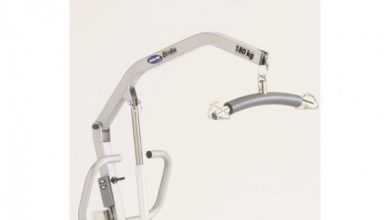
In the scorching heat of summer, a reliable air conditioning system becomes a necessity for maintaining a comfortable living or working environment. The key to ensuring optimal performance and longevity of your AC unit lies in a proper installation process. This article will guide you through the crucial steps of AC installation to help you enjoy the full benefits of your cooling system.
1. Pre-Installation Assessment
Before diving into the installation process, a thorough pre-AC installation assessment is essential. Consider factors such as the size of the space, insulation, and the number of windows. This evaluation helps determine the appropriate capacity and type of AC unit needed for your specific requirements. Oversized or undersized units can lead to inefficient cooling and increased energy consumption.
2. Selecting the Right AC Unit
Choosing the right air conditioning unit is a critical decision that directly impacts your comfort and energy bills. Consider factors such as energy efficiency, cooling capacity, and specific features that cater to your needs. High Seasonal Energy Efficiency Ratio (SEER) ratings indicate better energy efficiency, leading to cost savings over time. Consult with a professional to determine the most suitable AC unit for your space.
3. Proper Sizing for Efficiency
Proper sizing of your AC unit is paramount for efficient performance. An undersized unit will struggle to cool the space, leading to increased energy consumption and wear on the system. On the other hand, an oversized unit might short-cycle, resulting in inadequate humidity control. Follow industry standards and enlist the help of HVAC professionals to ensure the correct sizing of your air conditioning system.
4. Ductwork Inspection and Sealing
A thorough inspection of existing ductwork is crucial for optimal AC performance. Leaks and inadequate insulation in the ducts can significantly reduce the system’s efficiency. Sealing any leaks and insulating ducts in unconditioned spaces ensures that cool air reaches its destination without unnecessary losses, contributing to energy conservation and cost-effectiveness.
5. Proper Placement of the AC Unit
The location of your AC unit plays a crucial role in its efficiency. Install the unit in a shaded area to prevent exposure to direct sunlight, as this can affect its cooling capacity. Adequate airflow around the condenser is essential for optimal heat exchange. Ensure that there are no obstructions hindering the free flow of air, allowing the AC unit to function efficiently.
6. Electrical Wiring and Safety Measures
Installation of an air conditioning system involves working with electricity, making it imperative to follow all safety protocols. Consult with a licensed electrician to ensure proper electrical wiring and connections. Verify that the electrical system can handle the load of the new AC unit to prevent electrical issues and potential hazards. Safety should always be a top priority during the installation process.
7. Refrigerant Handling and Charging
Proper handling and charging of refrigerant are critical aspects of AC installation. Incorrect refrigerant levels can lead to reduced efficiency and damage to the compressor. It’s essential to follow manufacturer guidelines and enlist the services of qualified technicians to handle refrigerant-related tasks. Adhering to best practices in refrigerant management contributes to the longevity and optimal functioning of your air conditioning system.
8. Testing and Calibration
Once the installation is complete, thorough testing and calibration are necessary to ensure that the system operates at peak performance. This includes checking the thermostat, verifying the airflow, and confirming that the refrigerant levels are within the recommended range. Testing helps identify and rectify any issues before they escalate, promoting the longevity of your AC unit and preventing unnecessary repairs.
Conclusion
In conclusion, the installation of an air conditioning system is a meticulous process that demands attention to detail and adherence to industry standards. From the pre-installation assessment to the final testing and calibration, each step plays a vital role in ensuring the efficiency, longevity, and safety of your AC unit. By following these crucial steps, you can enjoy a cool and comfortable indoor environment while optimizing energy consumption and minimizing the need for future repairs. Remember, a well-installed air conditioning system is not just a luxury; it’s an investment in your comfort and well-being.




